Gardening
Late Summer Harvesting Tips
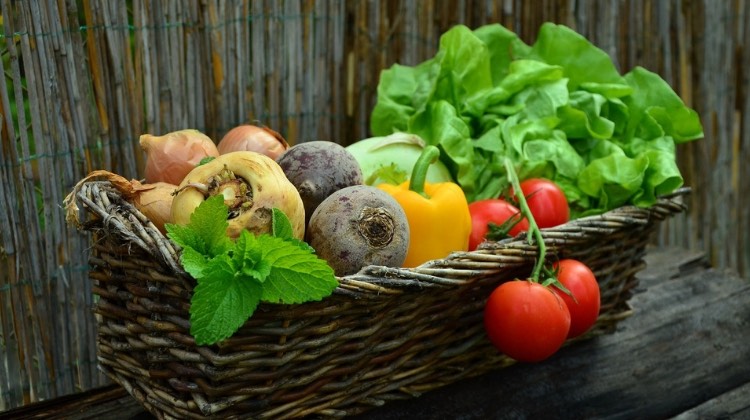
As a gardener, your vegetable garden is your pride and joy. You have cared for your vegetables all summer long – and it is now harvest time!
However, if you are new to vegetable gardening, you may be wondering when to harvest your summer garden. You want to make the right choices for each plant but, where do you begin?
In my research, I have gathered some great information on harvesting your vegetables in the late summer season that should put your mind at ease. Gardening should be a fun time and a great experience, not a stressful one.
The following vegetables are the most common for almost every summer garden (we will cover each of these vegetables in this article):
- Onions
- Tomatoes
- Potatoes
- Garlic
- Cabbages
- Celery
- Eggplant
- Bell Peppers
Late Summer harvesting tips and other important information that I will cover in this article will include:
- The best harvesting stage for each vegetable
- Harvesting instructions for each vegetable
- Post harvesting vegetable storage
- Post harvesting vegetable care
Let’s get started!
Onions
Harvesting your onions
- When onions start to mature, the tops become yellow and begin to fall over. At that point, bend the tops down to speed the final ripening process.
- Loosen the soil to encourage drying, and after a few days turn them up and let them cure on dry ground. Always handle them very carefully—the slightest bruise will encourage rot to set in.
- When tops are brown, pull the onions.
- Be sure to harvest in late summer, before cool weather. Mature onions may spoil in fall weather.
Post harvesting storage and care
- Allow onions to dry for several weeks before you store them in a root cellar or any other storage area. Spread them out on an open screen off the ground to dry.
- Store at 40 to 50 degrees F (4 to 10 degrees C) in braids or with the stems broken off.
- Mature, dry-skinned bulbs like it cool and dry, so don’t store them with apples or potatoes.
Tomatoes
https://www.youtube.com/watch?v=u1hgoRzbYaQ
Harvesting your tomatoes
-
- Leave your tomatoes on the vine as long as possible.
- If any fall off before they appear ripe, place them in a paper bag with the stem up and store them in a cool, dark place.
- Never place tomatoes on a sunny windowsill to ripen; they may rot before they are ripe.
- The perfect tomato for picking will be firm and very red in color, regardless of size, with perhaps some yellow remaining around the stem. A ripe tomato will be only slightly soft.
- If your tomato plant still has fruit when the first hard frost threatens, pull up the entire plant and hang it upside-down in the basement or garage. Pick tomatoes as they redden.
This simple gardening tip will help you have a healthier and more fruitful garden than ev… https://t.co/hiWhh0vxIg pic.twitter.com/ipzxh0utcF
— Survival Life (@SurvivalLF) August 11, 2016
Post harvest storage and care
-
- Never refrigerate fresh tomatoes. Doing so spoils the flavor and texture that make up that garden tomato taste.
- To freeze, core fresh unblemished tomatoes and place them whole in freezer bags or containers. Seal, label, and freeze. The skins will slip off when they defrost.
Potatoes
Harvesting your potatoes
-
- Dig potatoes on a dry day. Dig up gently, being careful not to puncture the tubers. The soil should not be compact, so digging should be easy.
- New potatoes will be ready for harvest after 10 weeks, usually in early July.
- You should harvest all of your potatoes once the vines die (usually by late August), or the potatoes may rot.
Post harvest storage and care
-
- Make sure you brush off any soil clinging to the potatoes, then store them in a cool, dry, dark place. The ideal temperature for storage is 35 to 40°F.
- Do not store potatoes with apples; their ethylene gas will cause potatoes to spoil.
- Whether you dig your own potatoes or buy them at a store, don’t wash them until right before you use them. Washing potatoes shortens their storage life.
Garlic
Harvesting your garlic
-
- Harvest time depends on when you plant, but the clue is to look for yellow tops. Harvest when the tops begin to yellow and fall over, before they are completely dry.
- In Northern climates, harvesting will probably be in late July or August. In Southern climates, it will depend on your planting date.
- Check the bulb size and wrapper quality; you don’t want the wrapper to disintegrate. Dig too early and the bulb will be immature. Discontinue watering.
- To harvest, carefully lift the bulbs with a spade or garden fork. Pull the plants, carefully brush off the soil, and let them cure in an airy, shady spot for two weeks. We hang them upside down on a string in bunches of 4 to 6. Make sure all sides get good air circulation.
#garden #gardening #survivalgarden #organic #survival #quote
A photo posted by Survival Life (@survivallife) on
Post harvest storage and care
- The bulbs are cured and ready to store when the wrappers are dry and papery and the roots are dry. The root crown should be hard, and the cloves can be cracked apart easily.
- Once the garlic bulbs are dry, you can store them. Remove any dirt and trim off any roots or leaves. Keep the wrappers on—but remove the dirtiest wrappers.
- Garlic bulbs may be stored individually with the tops removed, or the dried tops may be braided together to make a garlic braid to hang in the kitchen or storage room.
- Bulbs should be stored in a cool (40 degrees F), dark, dry place, and can be kept in the same way for several months. Don’t store in your basement if it’s moist.
- The flavor will increase as the bulbs are dried.
- If you plan on planting garlic again next season, save some of your largest, best-formed bulbs to plant again in the fall.
Cabbage
Harvesting your cabbages
- Harvest when heads reach desired size and are firm. This will take around 70 days for most green cabbage varieties. Most early varieties will produce 1- to 3-pound heads.
- Cut each cabbage head at its base with a sharp knife. After harvesting, bring inside or put in shade immediately.
- To get two crops from early cabbage plants, cut the cabbage head out of the plant, leaving the outer leaves and root in the garden. The plant will send up new heads—pinch them off until only four or so smaller heads remain. When these grow to tennis-ball size, they’ll be perfect for salad.
Post harvest storage and care
- After harvesting, remove the entire stem and root system from the soil to prevent disease build up. Only compost healthy plants; destroy those with maggot infestation.
- Cabbage can be stored in the refrigerator for no more than two weeks, wrapped lightly in plastic. Make sure it is dry before storing. In proper root cellar conditions, cabbage will keep for up to 3 months.
Celery
Harvesting your celery
- The parts of celery that are harvested are mainly the stalks, which will be above ground.
- Harvest stalks from the outside in. You may begin harvesting when stalks are about 8 inches tall.
- Celery can be kept in the garden for up to a month if soil is built up around it to maintain an ideal temperature. Note: Celery will tolerate a light frost, but not consecutive frosts.
Tip: The darker the stalks become, the more nutrients they will contain. Texture changes with color; dark green stalks will be tougher.
Post harvest storage and care
Keep celery in a plastic bag in the refrigerator. It should be used within two weeks.
Eggplant
Harvesting your eggplants
- Harvest 16 to 24 weeks after sowing, when the skin of the fruit is shiny and unwrinkled.
- Cut the fruit close to the stem, but leaving about an inch of it attached.
Post harvest storage and care
- Eggplants can be stored for up to two weeks in humid conditions no lower than 50 degrees F.
Bell Peppers
Harvesting your bell peppers
- Harvest as soon as peppers reach desired size.
- The longer bell peppers stay on the plant, the sweeter they become and the greater their Vitamin C content.
- Use a sharp knife or scissors to cut peppers clean off the plant for the least damage.
Post harvest storage and care
- Peppers can be refrigerated in plastic bags for up to 10 days after harvesting.
- Bell peppers can be dried, and we would recommend a conventional oven for the task. Wash, core, and seed the peppers. Cut into one-half-inch strips. Steam for about ten minutes, then spread on a baking sheet. Dry in the oven at 140 degrees F (or the lowest possible temperature) until brittle, stirring occasionally and switching tray positions. When the peppers are cool, put them in bags or storage containers.
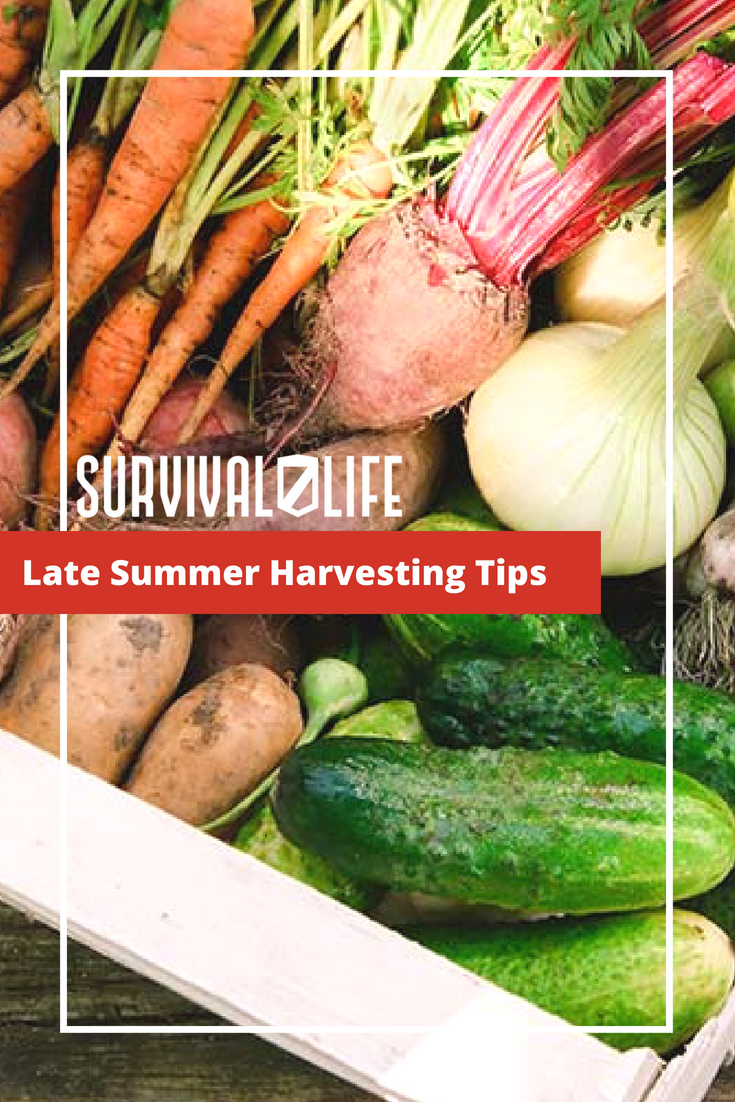
-

 Paracord Projects1 year ago
Paracord Projects1 year agoParacord Projects | 36 Cool Paracord Ideas For Your Paracord Survival Projects
-

 Paracord Projects1 year ago
Paracord Projects1 year agoHow To Make Paracord Survival Bracelets | DIY Survival Prepping
-

 Medical Care1 year ago
Medical Care1 year ago21 Home Remedies For Toothache Pain Relief
-

 Knife Laws1 year ago
Knife Laws1 year agoAre Switchblades Legal? Knife Laws By State
-

 Do It Yourself1 year ago
Do It Yourself1 year agoSurvival DIY: How To Melt Aluminum Cans For Casting





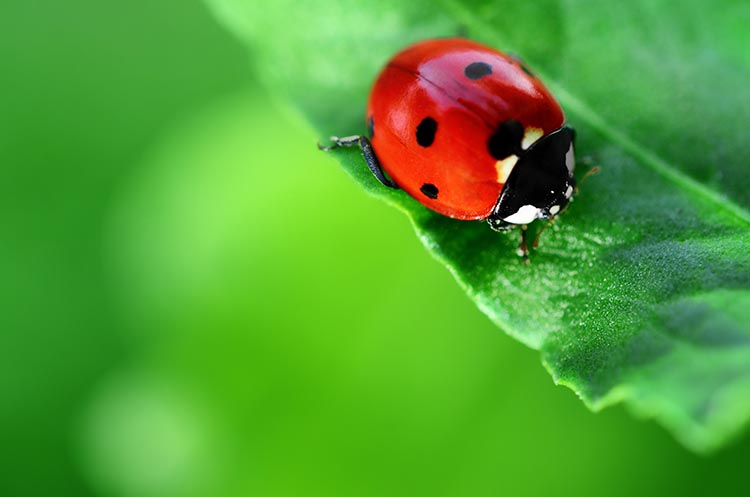
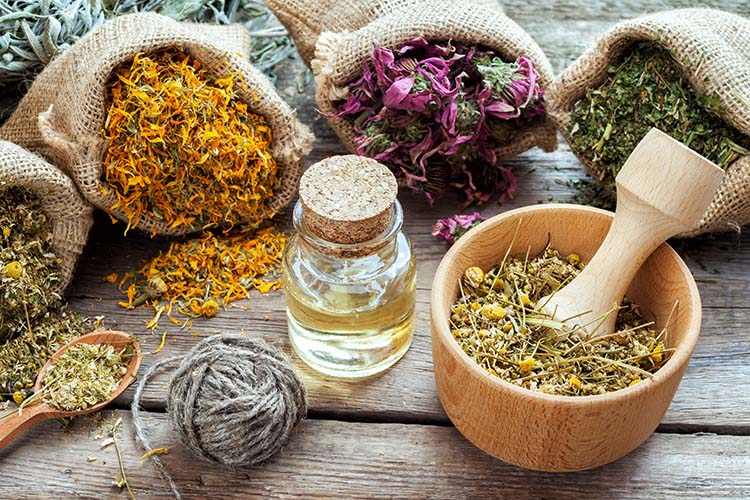
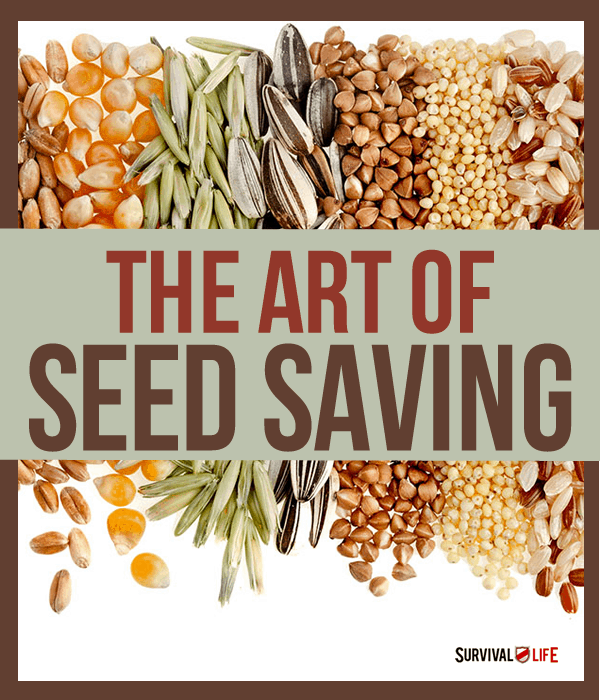
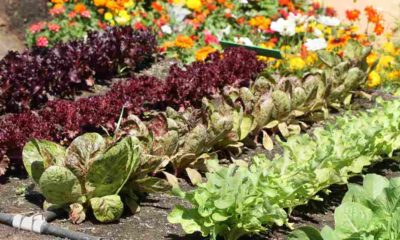

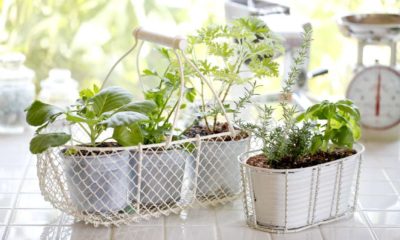

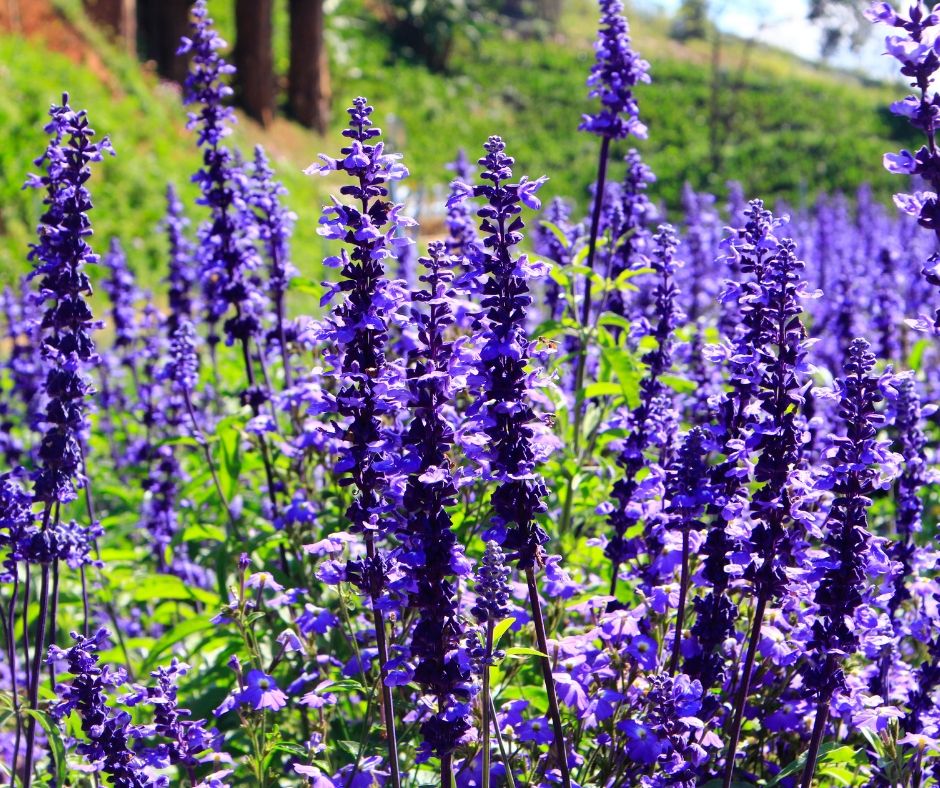


Pingback: Canning Like a Pro in 4 Quick & Easy Steps | Survival Life
Pingback: Fall Garden Planting Tips For The Late Summer | Survival Life
Pingback: Survival Gardening - Vegetables You Can Plant Late In The Summer
Pingback: Survival Gardening- Veggies You Can Plant Late In The Summer – Homestead Survivalism
Pingback: 8 Must-Have Canning Supplies Every Homesteader Needs | Survival Life